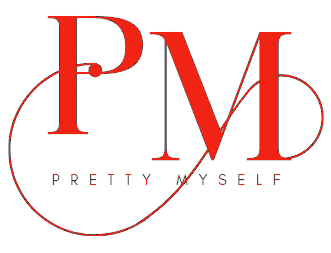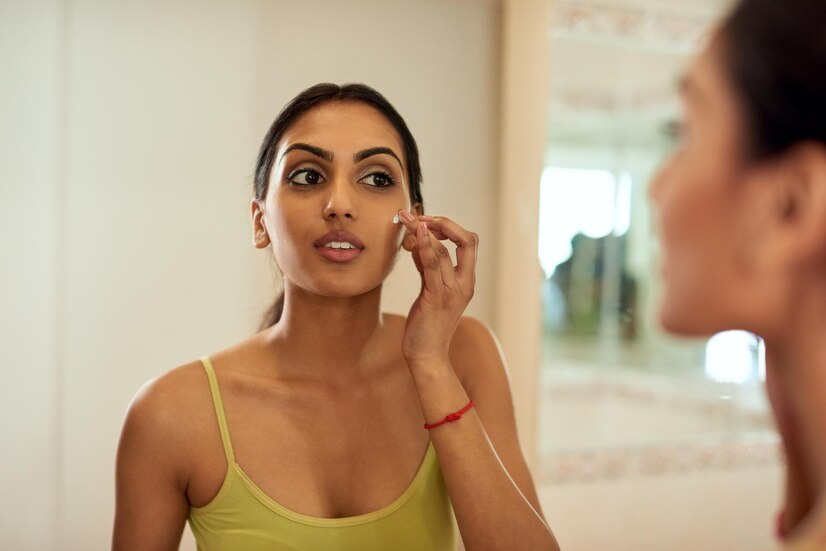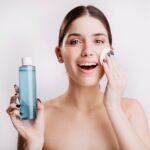Page Contents
How to Remove Blemishes on Your Face
Ah, blemishes on the face—those unwanted guests that seem to pop up uninvited! But fret not, banishing these blemishes doesn’t have to be a mystery. Let’s dive into effective ways to bid farewell to these unwelcome visitors and restore your skin’s natural glow.
Preparation: Gather Your Supplies
First things first, prep your battlefield! You’ll need:
Gentle Cleanser: Start by cleaning your face thoroughly. Look for a gentle cleanser suited for your skin type—whether oily, dry, or combination.
Exfoliating Agent: Opt for an exfoliating scrub or serum containing ingredients like salicylic acid or glycolic acid to slough off dead skin cells gently.
Spot Treatment: Acne-fighting ingredients like benzoyl peroxide or tea tree oil can work wonders as spot treatments.
Moisturizer: Don’t skip this step! Choose a non-comedogenic moisturizer to keep your skin hydrated without clogging pores.
Sunscreen: Protect your skin from further damage by using a broad-spectrum sunscreen with at least SPF 30.
Step-by-Step Guide to Banish Blemishes
Cleanse Your Face: Begin by cleansing your face using the gentle cleanser. Massage it in circular motions, then rinse thoroughly and pat your face dry.
Exfoliate Regularly: Use the exfoliating agent 2-3 times a week. Gently massage it onto damp skin and rinse off after a minute or two.
Apply Spot Treatment: Dab a small amount of your chosen spot treatment directly onto the blemish and leave it overnight for best results.
Moisturize Daily: After cleansing and spot treatment, apply the moisturizer evenly to keep your skin hydrated.
Don’t Forget Sunscreen: Before stepping out, apply sunscreen to shield your skin from harmful UV rays, even if you’re indoors.
Best Products for Blemish-Free Skin (To see click on the product name)
Cleansers: Cetaphil Daily Facial Cleanser, Neutrogena Oil-Free Acne Wash
Exfoliators: The Ordinary Glycolic Acid Toning Solution, Paula’s Choice Skin Perfecting 2% BHA Liquid Exfoliant
Spot Treatments: Mario Badescu Drying Lotion, La Roche-Posay Effaclar Duo Dual Action Acne Treatment
Moisturizers: CeraVe Facial Moisturizing Lotion, Neutrogena Hydro Boost Water Gel
Sunscreen: EltaMD UV Clear Broad-Spectrum SPF 46, La Roche-Posay Anthelios Melt-in Milk Sunscreen SPF 100
Precautions to Keep in Mind
Avoid Over-Exfoliation: Excessive exfoliation can irritate your skin. Stick to the recommended usage.
Patch Test New Products: Before applying any new product, do a patch test to ensure it doesn’t cause adverse reactions.
Hands Off: Refrain from touching your face frequently to prevent transferring bacteria and oils to your skin.
FAQs: Your Blemish Busters Guide
What causes blemishes to appear on the face?
Blemishes can result from various factors like excess oil production, clogged pores, bacteria, hormonal changes, or inflammation.
How can I differentiate between different types of blemishes?
Blemishes come in various forms including acne, blackheads, whiteheads, and dark spots. Acne appears as pimples, while blackheads and whiteheads are clogged pores. Dark spots are discolorations left after blemishes heal.
Is it safe to pop or squeeze blemishes to get rid of them?
It’s best to avoid popping or squeezing blemishes, as it can lead to scarring, inflammation, and the spread of bacteria, worsening the condition.
Are there specific foods or habits that might worsen blemishes?
Consuming a diet high in processed foods, sugary items, and dairy may exacerbate blemishes for some individuals. Additionally, habits like touching your face or using harsh skincare products can worsen blemishes.
Can hormonal changes contribute to the appearance of blemishes?
Yes, hormonal changes, particularly during puberty, menstruation, pregnancy, or menopause, can increase oil production, leading to blemishes.
How often should I exfoliate to reduce blemishes without irritating my skin?
Exfoliating 2-3 times a week is generally recommended to remove dead skin cells and prevent clogged pores. However, it’s essential to observe how your skin reacts and adjust the frequency accordingly.
Do blemishes require different treatments based on their type or severity?
Yes, different types of blemishes might require varied treatments. For instance, acne might respond well to ingredients like salicylic acid, while dark spots might benefit from products containing vitamin C or niacinamide.
Can stress or lack of sleep impact the occurrence of facial blemishes?
Both stress and inadequate sleep can contribute to increased inflammation and hormonal imbalances, potentially leading to the appearance of blemishes.
Are there any natural remedies or DIY treatments effective for blemishes?
Natural remedies like tea tree oil, aloe vera, honey, or green tea possess antibacterial or soothing properties that may help reduce blemishes. However, individual responses can vary.
Is it possible to prevent blemishes from occurring in the first place, and if so, how?
Maintaining a consistent skincare routine, eating a balanced diet, staying hydrated, managing stress levels, and avoiding habits that irritate the skin (like touching your face or using harsh products) can help prevent blemishes.
Remember, patience is key when tackling blemishes. Consistent skincare routine coupled with these tips can help you achieve clearer, healthier-looking skin. Here’s to bidding adieu to those unwelcome blemishes!



